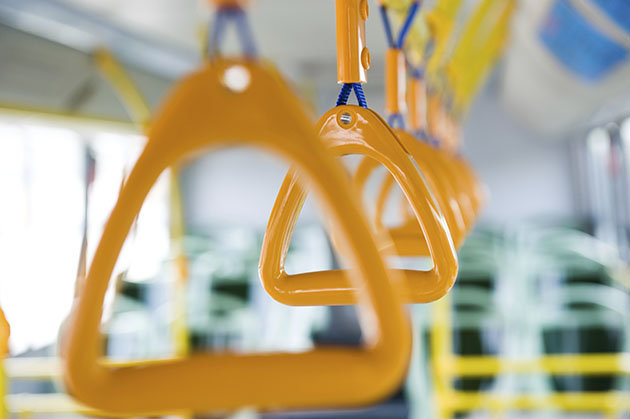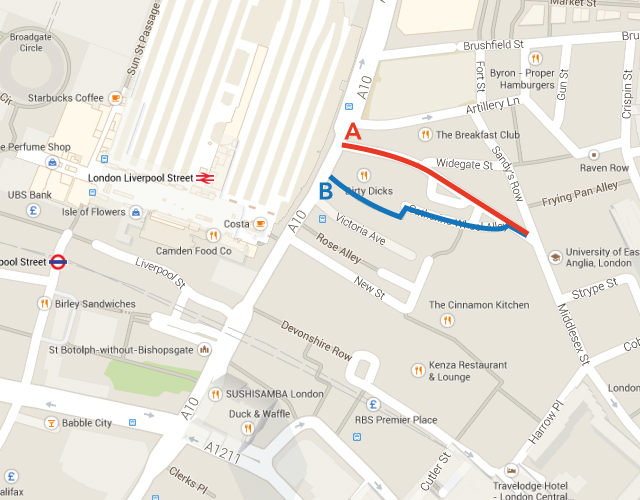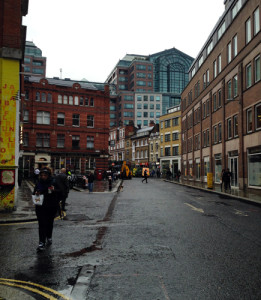High affordance, low affordance and “spatial affordance”?
Affordance is one of the most interesting argument we faced so far. Donald Norman appropriated this term using it the context of human-machine interaction and defined it like this:
“The perceived and actual properties of the thing, primarily those fundamental properties that determine just how the thing could possible be used.[…] Affordances provide strong clues to the operations of things. Plates are for pushing. Knobs are for turning. Slots are for inserting things into. Balls are for throwing or bouncing. When affordances are taken advantage of, the user knows what to do just by looking: no picture, label, or instruction needed.”
Donald Norman, The Design of Everyday Things, 1988
Here is an example of high affordance.

Bus handles, there in that position at that height with their specific shape, they really don’t leave any other interpretation than a support to grab with one hand.
Here is an example of low affordance.

These recycling bins and in general, recycling bins all over the world have a pretty low affordance. Colours are not enough for you to understand immediately where to trash your litter, you always have to stop and read (and most of all to think).
Given this brief introduction and overlooking other affordances that have been defined by Don Norman as well, I would like to focus on something which made me think quite a lot. I call it a spacial affordance.
Starting from the point that space is a factor which surely always has a subconscious influence on us, I believe that in some cases we can see this influence as an affordance. Usually, large spaces have an higher affordance than narrower spaces. It’s probably something given by the possibility to have a wider view and see from the beginning your final or partial destination.
An example is the way that I do every morning to reach my office. Going out from the Tube I have two ways, A and B, to fulfil exactly the same distance (I measured it), but somehow when I take the option B it always seems longer than A.

The difference is that the A is a wide street, where I can see the destination (my office) from the moment I enter the street, while in the option B, i turn a few times and “my landscape changes” every time, that way looks longer, for me it has a lower affordance.

Option B
The same kind of thing happen in my city, Campobasso, which is quite small and the distances are much shorter compared to other city where I lived. Indeed, when I moved for the first time to Rome, I found out that in Rome I was walking distances that in Campobasso I would never imagine to cover. In Rome might happen to walk for 2km changing only 2 streets streets, my landscape would then change only once. If I had to cover 2km in Campobasso I would take the car and if not I would feel like a very athletic person or just like a desperate with a flat tire.
